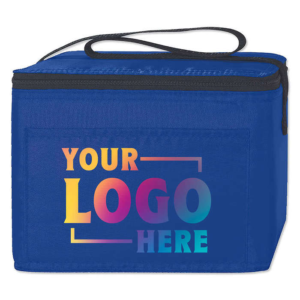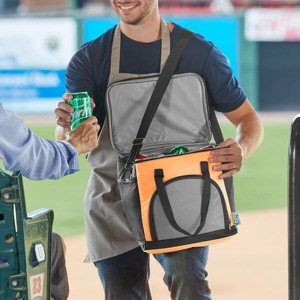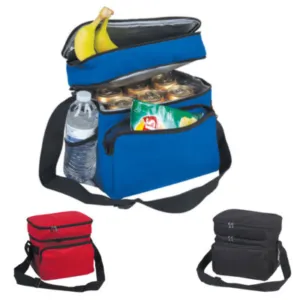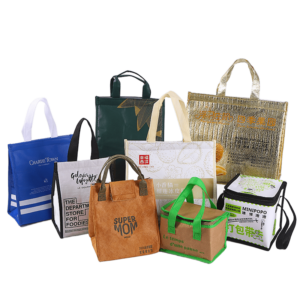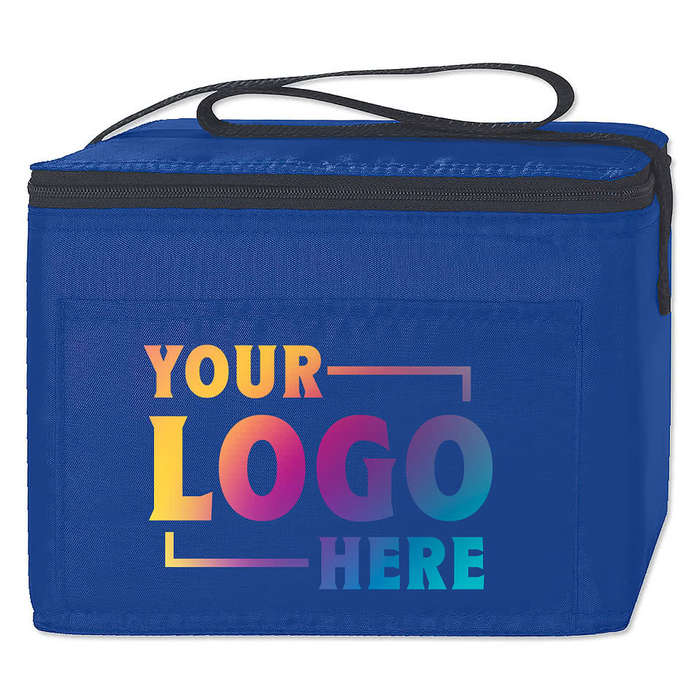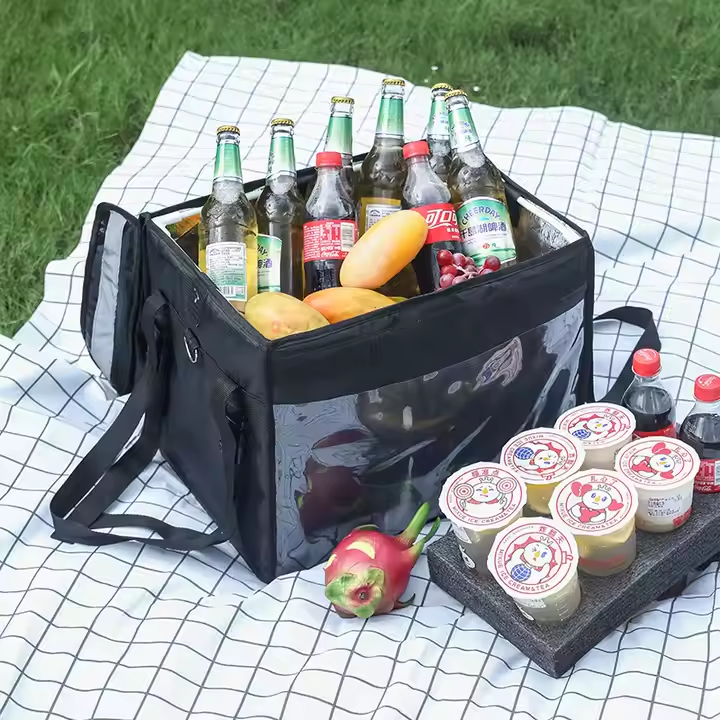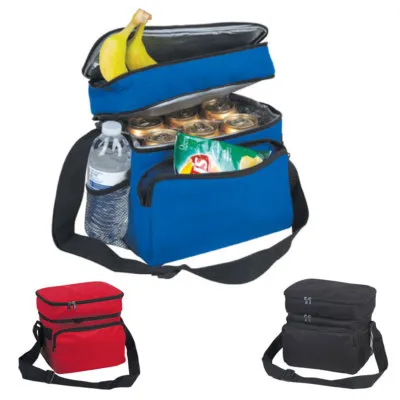PP woven shopping bags are an excellent choice for eco-conscious businesses. This article presents five powerful environmental claims you can confidently make when using or promoting PP woven bags. Each point is backed by factual benefits, reinforcing your brand’s commitment to sustainability.
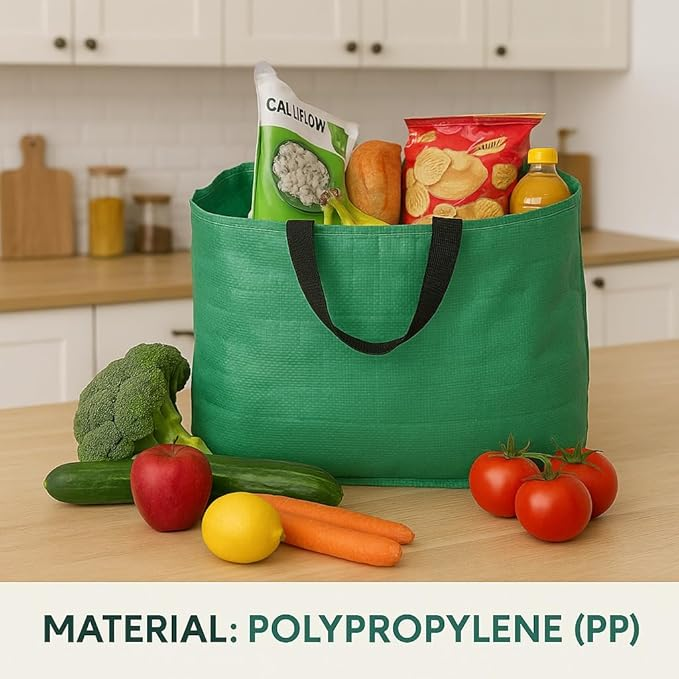
PP woven bags are reusable[^1], recyclable, and reduce waste—making them a smart alternative to single-use plastic bags.
Discover why PP woven shopping bags are a top choice for sustainable packaging[^2] and how they help protect the environment.
1. Reusable and Durable
PP woven bags are engineered for long-term use, often lasting for several years without tearing or wearing out.
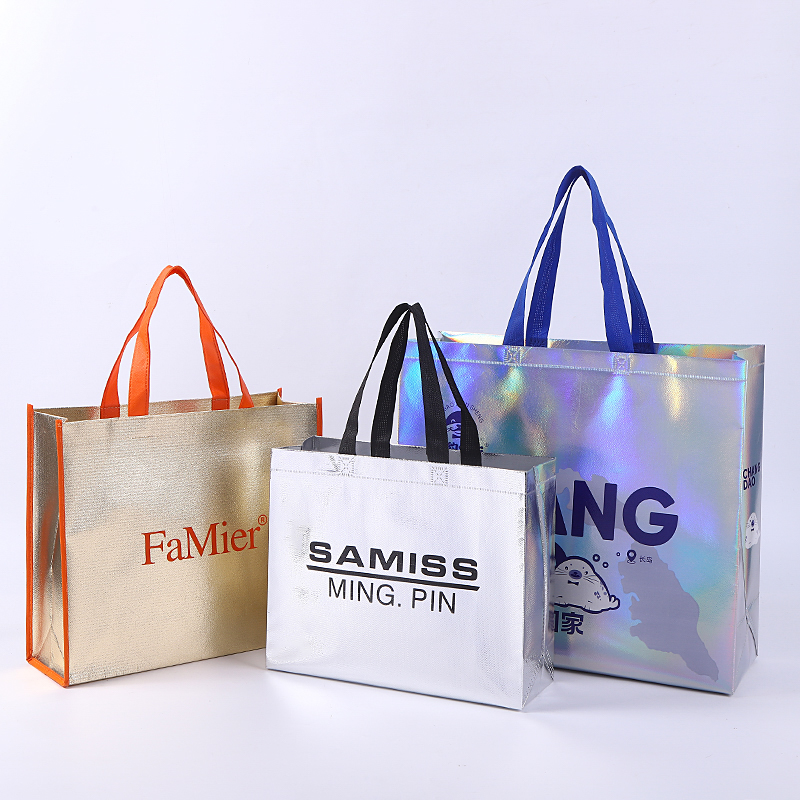
Why Durability Matters for the Environment
Reusable PP woven bags can replace hundreds of single-use plastic bags over their lifespan. This extended usage cycle significantly reduces overall plastic waste and minimizes environmental impact. Unlike single-use bags that are often discarded after one trip, PP woven bags hold up against wear, weight, and weather. Their laminated coating enhances strength and resistance to water, further increasing longevity.
| Feature | PP Woven Bags | Single-Use Plastic | Paper Bags |
|---|---|---|---|
| Lifespan | Several years | One-time | Few uses |
| Tear Resistance | High | Low | Medium |
| Environmental Impact | Low (reusable) | High (disposable) | Medium |
Encourage Sustainable Habits
Encouraging users to adopt reusable bags promotes environmentally responsible habits and reduces the dependency on throwaway plastics.
2. Recyclable Material
Made from polypropylene, these bags can be fully recycled and processed into new items.
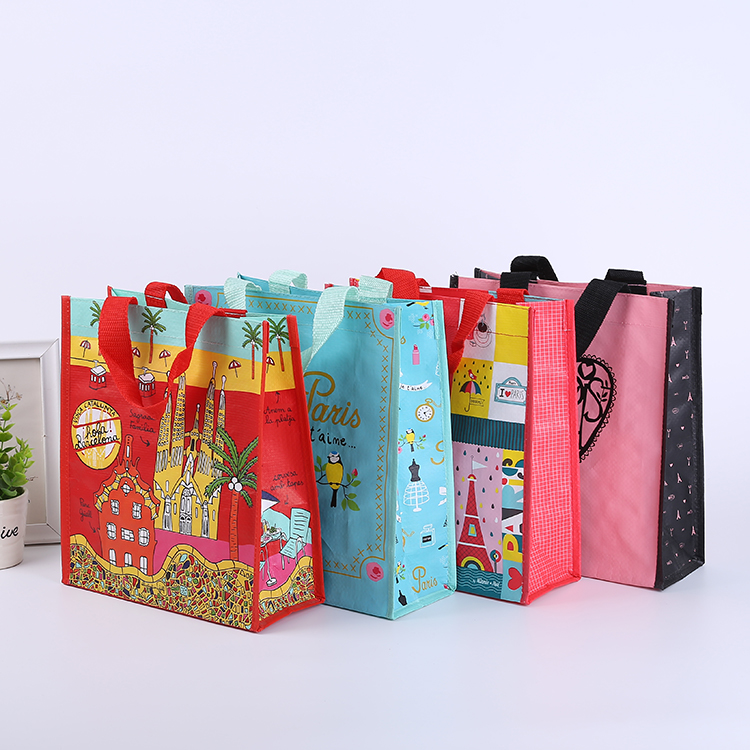
Supporting a Circular Economy
PP woven bags are 100% recyclable. They can be broken down and reused in the manufacturing of other plastic-based goods like furniture, containers, and new packaging. This reduces the need for virgin plastic production and supports a more circular use of resources.
| Material | Recyclability | End Products After Recycling |
|---|---|---|
| PP Woven | 100% | Buckets, storage bins, new bags |
| Cotton | Limited | Cleaning rags, insulation materials |
| Paper | High | Tissue, packaging, recycled paper products |
Reduce Landfill Waste
Businesses can contribute to less waste by encouraging proper recycling practices and choosing packaging materials that can reenter the production chain.
3. Lower Carbon Footprint
When used repeatedly, PP woven bags have a smaller carbon footprint than most alternatives.
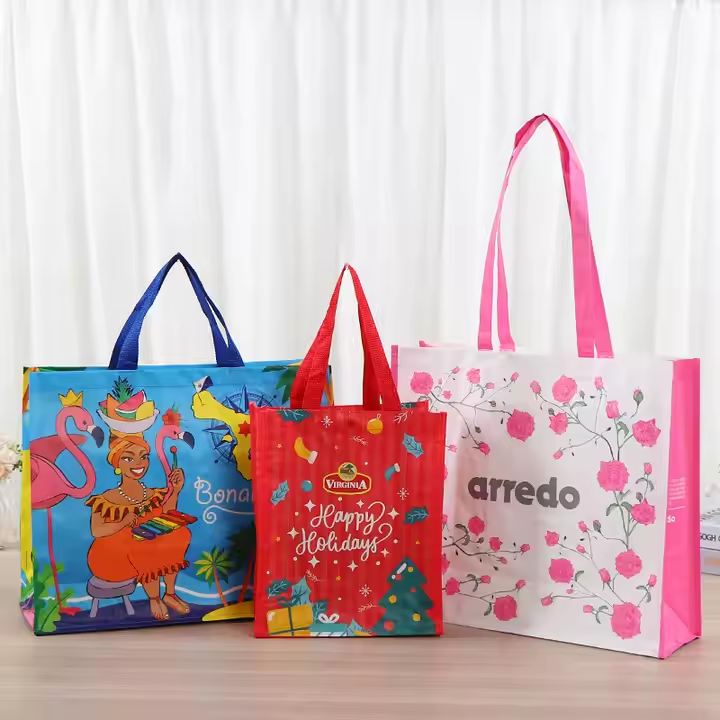
Life Cycle Efficiency
While the initial production of PP woven bags requires fossil fuels, the carbon cost per use decreases significantly with repeated use. In contrast, cotton bags, though natural, often require hundreds of uses to break even on their higher production footprint.
| Bag Type | Production Emissions | Break-Even Uses vs. Plastic Bag |
|---|---|---|
| PP Woven | Moderate | 10–20 times |
| Cotton | Very High | 100–150 times |
| Paper | High | 3–5 times |
Make Informed Decisions
Brands focused on carbon neutrality can benefit from highlighting how long-term usage of PP woven bags offsets their carbon cost, especially compared to trendy but high-impact alternatives like cotton.
4. Water and Chemical Resistant
PP woven bags maintain performance even in harsh conditions, protecting goods and reducing waste.
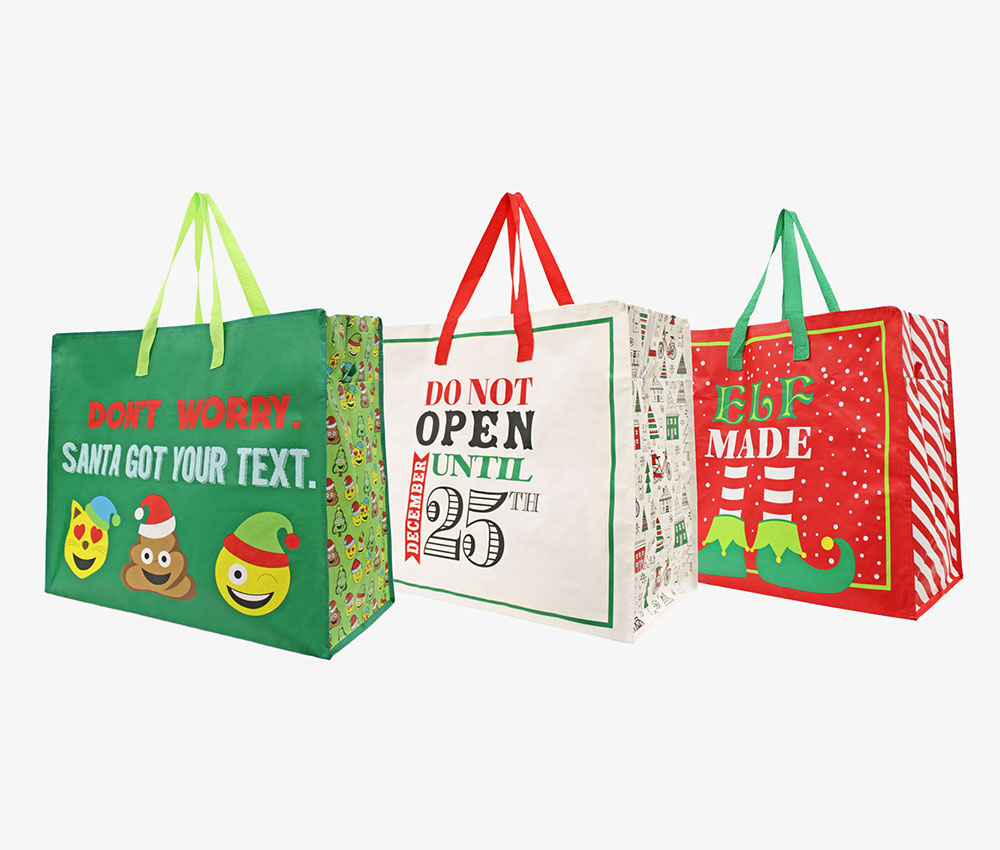
Protection Extends Lifespan and Value
The resistance of PP woven bags to moisture and chemicals protects contents from spoilage and damage. This makes them ideal for food delivery, frozen goods, and industrial products. Reduced product spoilage[^3] means fewer discarded items and packaging, which cuts down on waste.
| Test Type | PP Woven Performance | Paper Bags | Cotton Bags |
|---|---|---|---|
| Water Resistance | Excellent | Poor | Moderate |
| Chemical Resistance | Good | Poor | Low |
| Reusability When Wet | Yes | No | Sometimes |
Built for Real-World Use
Retailers and food service companies gain both sustainability and performance advantages by choosing materials that stand up to real-world challenges.
5. Reduced Plastic Pollution
Each PP woven bag replaces hundreds of disposable bags, lessening the plastic load in our environment.
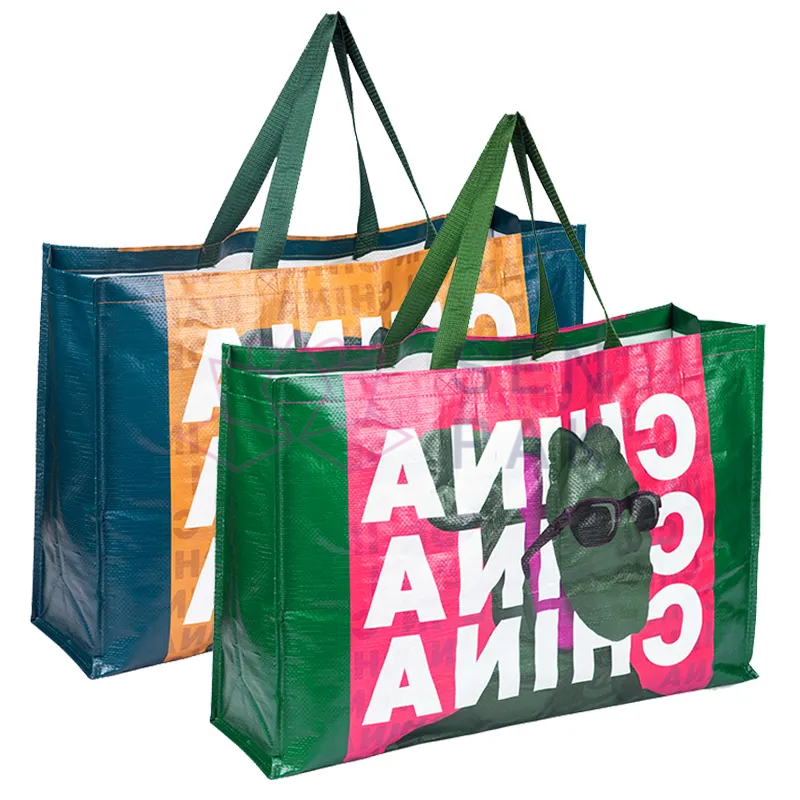
Combatting Ocean and Landfill Waste
The widespread use of single-use plastic bags contributes to litter in landfills and oceans. PP woven bags significantly reduce this load by being reused hundreds of times. Even when discarded, their recyclable nature gives them a chance at a second life rather than polluting nature.
| Impact Factor | Single-Use Plastic | PP Woven Bags |
|---|---|---|
| Pollution Potential | Very High | Very Low |
| Biodegradable | No | No |
| Recyclable | No | Yes |
Cleaner Communities and Oceans
Switching to reusable[^1] bags can help businesses make a visible and measurable difference in the fight against plastic pollution.
Conclusion
PP woven shopping bags offer businesses a credible way to promote sustainability. Their durability, recyclability, and low long-term impact make them ideal for eco-friendly packaging strategies. I’ve seen many clients switch to these bags and successfully align their brand with green values while also cutting packaging costs. Share your experience or thoughts in the comments—do you use or sell PP woven bags?
---
[^1]: Learn how reusable bags contribute to reducing waste and promoting sustainable practices.
[^2]: Learn about effective strategies for implementing sustainable packaging solutions.
[^3]: Learn how effective packaging solutions can minimize waste and spoilage.

